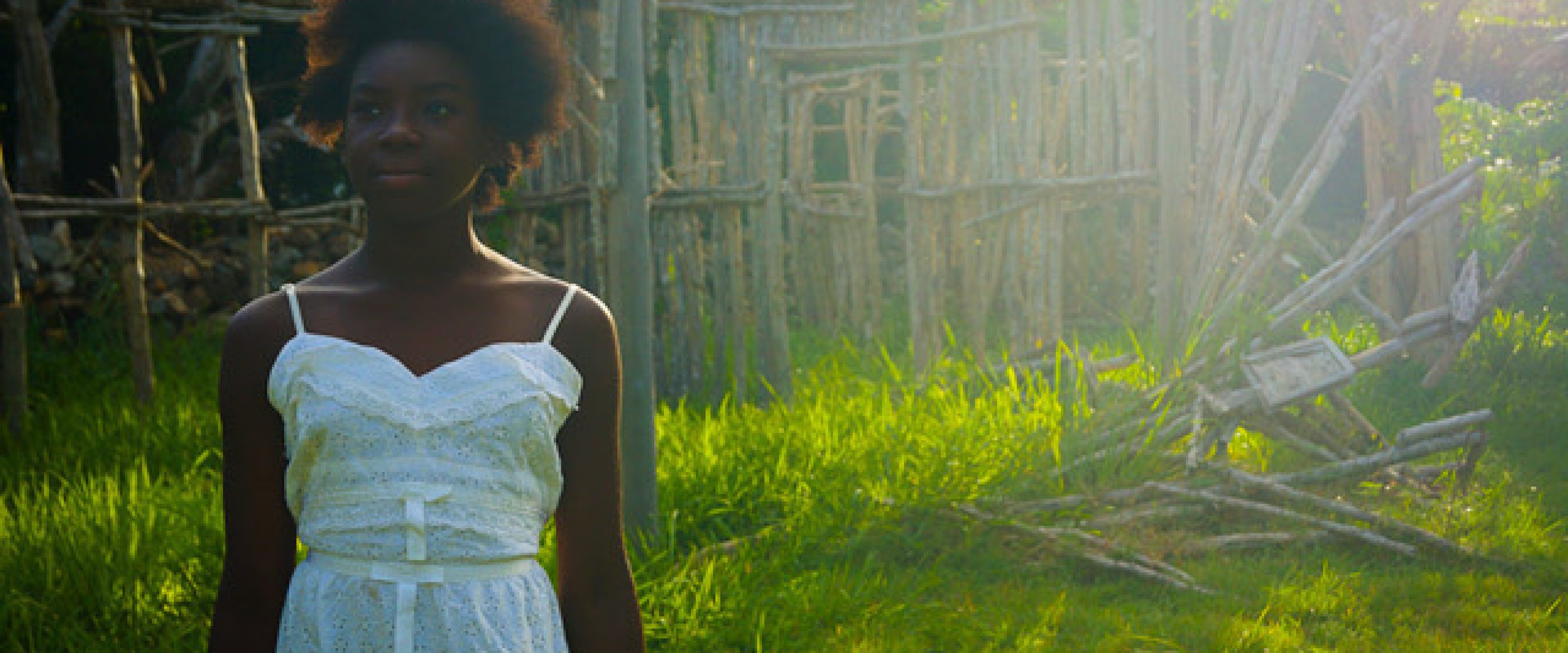When the Land Speaks is organized by the Eli and Edythe Broad Art Museum at Michigan State University and curated by Carla Acevedo-Yates and Steven L. Bridges, Associate Curators. Support for this exhibition is provided by the Alan and Rebecca Ross endowed exhibitions fund.
About the Exhibition
Deborah Jack is a multimedia artist whose work explores the relationship between nature and memory, and personal and cultural histories embedded in the natural world. How does nature create memorials for histories endured? How does it speak of historical traumas? The water between us remembers… follows the movement of a young girl around an island. The girl is both ancestor and descendant, and her journey is a ritual to remember histories that have been lost or forgotten. Traveling between visible and invisible boundaries, the girl arrives at the shore—a place of departure and arrival, a transitional space that references historical forced migrations. Trajectories of oppression and resistance are embodied in the contradictions of the Caribbean landscape, where the idyllic flowers and foliage and the seductive forces of the ocean hide the scars of colonial histories. Both the body and nature are sites of trauma, but also of healing. In these contradictions we begin to find answers.
Deborah Jack (b. 1970, the Netherlands/St. Martin) lives and works in New York.
When the Land Speaks
This program presents the work of artists who explore the land as a space of conflict, which speaks through a changing, often fractured landscape. Addressing current issues such as resource extraction, sustainability, land rights, and displacement and dispossession, the works in this video series approach language as a form that does not limit itself to verbal communication. Instead, enunciation takes place in and through the territory: in the sounds and forms that water takes, in the rumbles and cracks of the earth, and in the ancestral rituals and practices derived from the landscape. In many ways, land and language have always been interconnected, each helping to define the other. But in our present day, there is a growing disconnect between much of human society and any sense of rootedness or care for the land that supports us. Confronting these realities, the artists in this series draw attention to the power of the landscape to express itself and communicate with us, and reflect on how our eroding connection to the land may also represent a fading understanding of ourselves.
